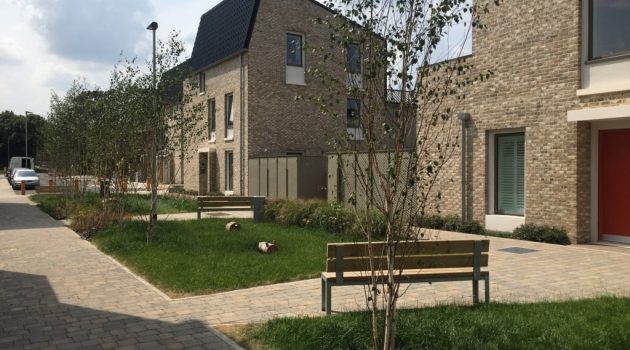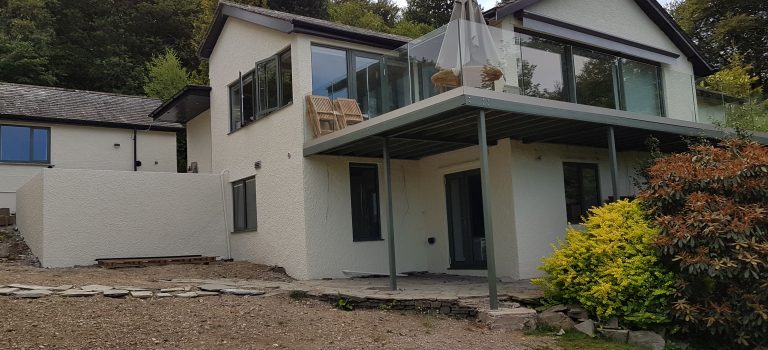I read this comprehensive and balanced article a while ago but revisited it today. I thought it would provide a really good introduction for anyone who isn’t really sure what ‘co-living’ is and why it could be worth their investment.
The article even clearly defines the difference between ‘co-living’ and ‘co-housing’ together with both positive and negative opinion from current and former residents of both types of development.
The balance is good, exploring the pros and cons, and discussing whether co-living is really just a way for developers to squeeze the living space and cram as many people as possible into their developments.
My one big take home from it though is the social aspect. I firmly believe the current drive for larger developments, ostensibly to achieve required economies of scale, actually destroys the social cohesion that is the principle desire of a large proportion of the target residents.
I believe these large scale schemes actually reduce the social cohesion and provide greater opportunity for conflict. After all, we know the optimum size for an HMO is 6 people and that co-living works best from a social perspective with 6-12 people sharing resources.
My personal vision for getting those scale economies is to have a large number of smaller units, sharing resources and facilities across sites. Each ‘unit’ works on its own but gains by sharing across a network of local and national resources.
Read this article with that goal in mind and if the idea of developing co-living units interlinked across sites has any resonance, get in touch!





